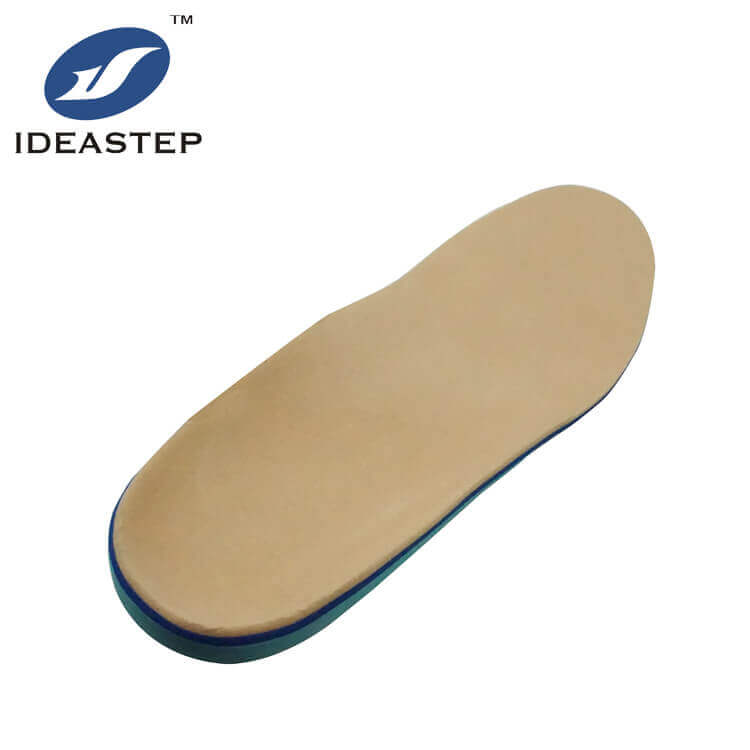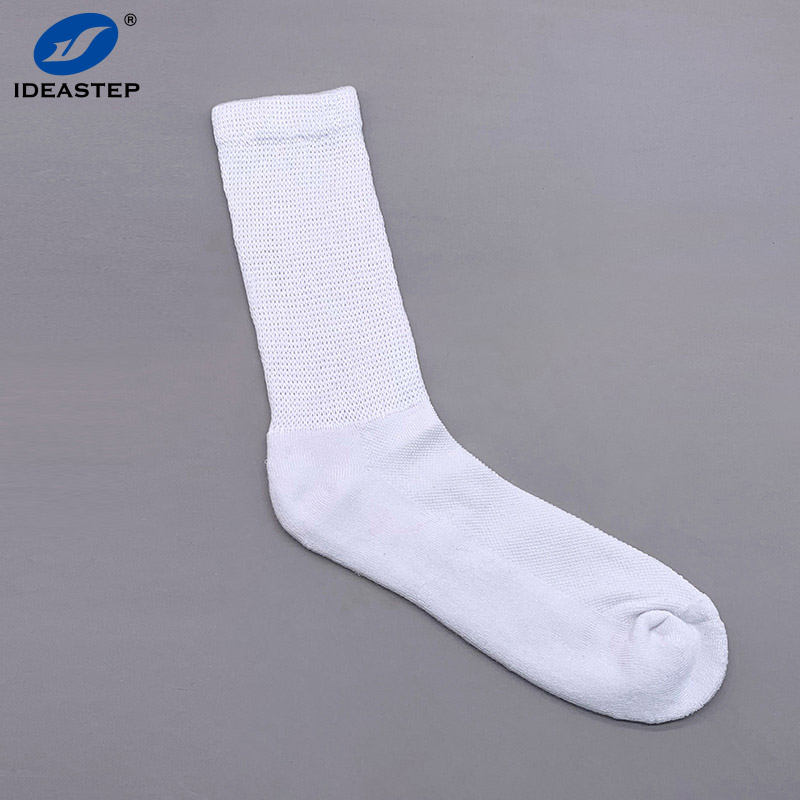What to Look for When Buying Diabetic Shoes
You have diabetes and are attempting to keep your feet healthy. You’ve heard about the consequences of neglecting your feet, and you don’t want it to happen to you. You’ve already made a wise choice!

But, what’s the difference between a diabetic shoe and one purchased at a budget shoe store? What distinguishes a diabetic shoe from any other type of store-bought footwear?
The answer is determined by the condition and how the diabetic shoe reacts to footwear. People with diabetes must be cautious of losing sensation in their feet. As the condition progresses, this process will most likely occur gradually rather than abruptly. Bumps and calluses that injure the soft tissue can cause serious complications for someone with diabetes because blood flow to the extremities is obstructed.
We’ve all had a pair of shoes that presses in one direction, irritates the skin in another, and makes us feel uneasy. We put them on because we like how they look on our feet. If you have diabetes, as I have for almost ten years, you must take precautions to avoid these situations. So, when purchasing a diabetic shoe, keep the following in mind:
1. Double-check that the shoe’s structure has some extra depth. The ones that have enough room for accommodative orthotics are the finest. The reason for this is that orthotics support your body from the feet up and help you avoid harm to your foot’s bottoms.
2. Place your hand in the shoe and feel around when trying on shoes. There will be no seams or rough places within the boundaries of the shoe if it is an appropriate diabetic footwear type. Diabetic shoe designers ensure that their designs do not rub the feet. Their main goal is for your feet to be healthy!
3. When you put your shoes on, make sure your toes have enough room at the top. Make certain you’re wearing the correct size. You also don’t want your foot to shift from side to side, so make sure the breadth is right. It’s incredible how many individuals walk around in shoes that don’t fit properly.
4. Just like any other shoe, you don’t want to put them on and stroll about in them all day. As your feet acclimatize to your new footwear, there should be a “breaking in” period. The first day you wear the shoes, walk around your house or yard for a couple of hours. After that, progressively increase the amount of time you spend wearing your new shoes. You should cease wearing any shoe if there is a problem – especially if you have diabetes!
Insoles, socks, and foot cream are among items that may be beneficial to your feet. You want to make sure you take care of your feet just as much as you want to make sure you take care of your blood sugar.

The feet are supported by insoles. You may have heard them referred to as arch supports, inserts, or orthotics, but they all belong to the same category of supportive foot beds that cushion and/or govern the foot. Insoles will assist you “level the playing field” in your stance and make your stride more comfortable. They also relieve pressure on various parts of the feet, such as the heel and ball of the foot, which are the most problematic. Diabetic insoles are an important aspect of regular foot care for diabetics.
It’s also crucial to wear the right socks. If you have diabetes, you should wear socks made of natural materials like cotton or wool. Silver, for example, is a natural anti-microbial that kills bacteria and fungi, making it a popular choice for diabetic socks. Silver is used in the medical community to treat wounds and burns because of its high quality. Silver also reduces the odor caused by perspiration, which is another advantage of wearing silver socks.
Silver can also be found in shoes and insoles, incidentally.
Finally, use foot creams to maintain your feet smooth and free of cracks. It’s also an excellent routine to get into because it forces you to look at your feet every day.
THIS IS ESSENTIAL!
Every day, you should evaluate your feet visually. Use a mirror if you can’t see the bottoms of your feet. The foot cream provides an extra incentive to do this on a daily basis while also making you feel good. Avoid placing foot cream between your toes as well. The cream should only be applied to the tops and bottoms of your foot. Getting anything between your toes other than soap and water encourages bacterial growth and can lead to complications. This should be avoided at all costs.
Diabetic patients face numerous challenges. Taking care of your feet is a great way to begin living a healthy and active lifestyle. When shopping for shoes, don’t forget about your feet. If complications arise, do not waste time attempting to resolve the matter yourself; instead, see a doctor as soon as possible.
Related Post:
Hot blogs:
The Easiest Custom Insoles: Heat Moldable Insoles
Custom insoles, also known as orthotic insoles, are designed to provide personalized support and comfort for individuals with various foot conditions. In [...]
Children’s Insole Size Conversion Chart
The standard sizes for shoe insoles may vary from country to country, making it a headache to choose the right insole for [...]
Do custom orthotics need to be made by a doctor personally?
Custom orthotics do not necessarily need to be made by a doctor personally. While doctors, specifically podiatrists or orthopedic specialists, are often [...]
Do NBA players use custom insoles?
Custom insoles are not only helpful for people with foot health issues, but they also play a significant role in targeting the [...]
